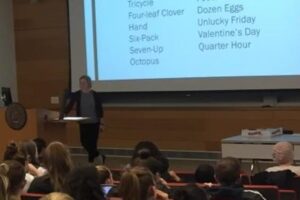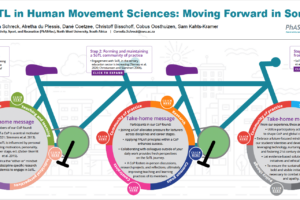
Fostering Active Learning in an Interactive Joint Classroom: A Case Study
By Stefanie Griebel, Angelika Thielsch, Paul Gibson, Tanja Reiffenrath, Timothy Beissinger and Albert Chiteka
The igniting idea “Let’s develop a class together once we are back at home” came up while being international graduate students, from Germany and Uganda, at Purdue University in the USA. Internationally, African oriented research to improve sorghum flowed into the course. The course idea and format were shaped by our own experience being international plant breeding students at a US university, where there was a very different learning and teaching environment than in our home countries. Courses were more student centered. They focused more on experiential and active learning, retrieval practice, and (in)formal assessment, but we did not know how to apply this at home. The course that was finally developed was a great learning experience that we hoped helped students retain knowledge for a longer time, while working in this international and cross-cultural environment and have their first experiences with the scholarship of teaching and learning.
The two universities in Germany and Uganda were supportive of developing the new course and of enabling students to study in a more international, cross cultural, and multi-disciplinary but virtual setting. The course “Breeding tropical and sub-tropical crops and their impact on global food security,” was born as a virtual joint classroom between the University of Göttingen and Makerere University in Uganda. It applies (in)formal assessment, active learning, and retrieval practice and uses the scholarship of teaching and learning to evaluate the teaching approach in order to improve student learning and our own teaching.
We surveyed students’ perceptions about active learning activities and evaluated how those perceptions changed over time. Overall, students enjoyed the diverse active learning activities and perceived the activities as valuable toward one’s success in class. The teaching approach is applicable to any discipline, course, and topic globally and could strengthen north/south universities’ partnerships and lay the foundation for long term teaching and research collaborations.
To read the full TLI article, visit here.




